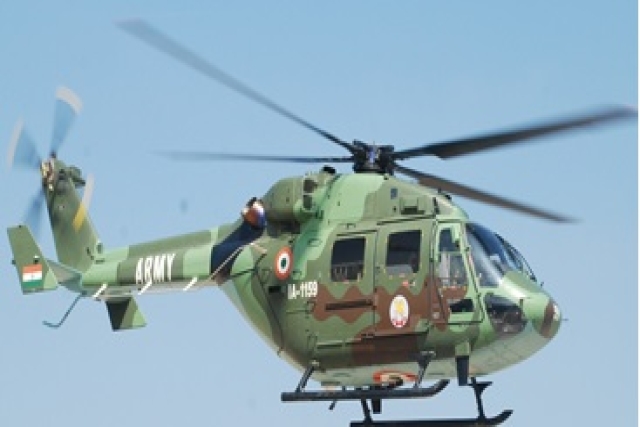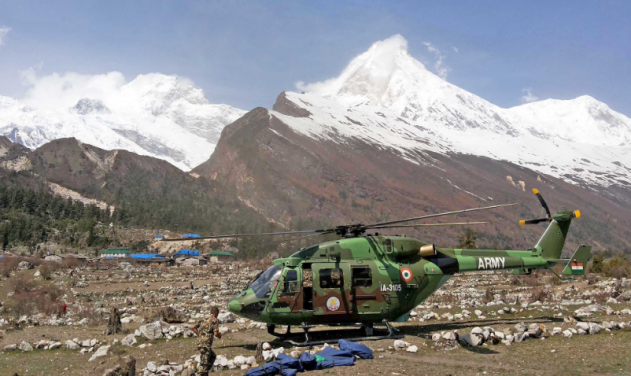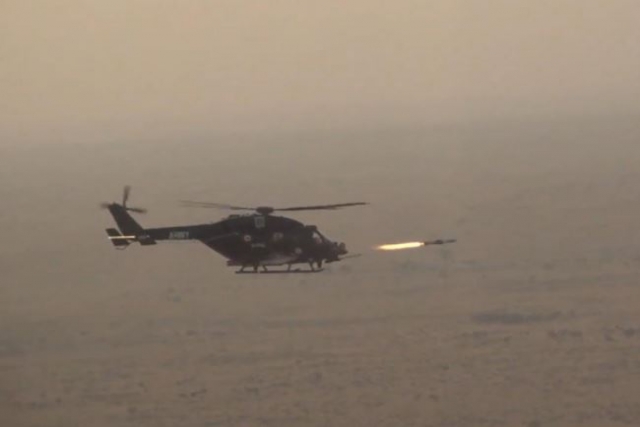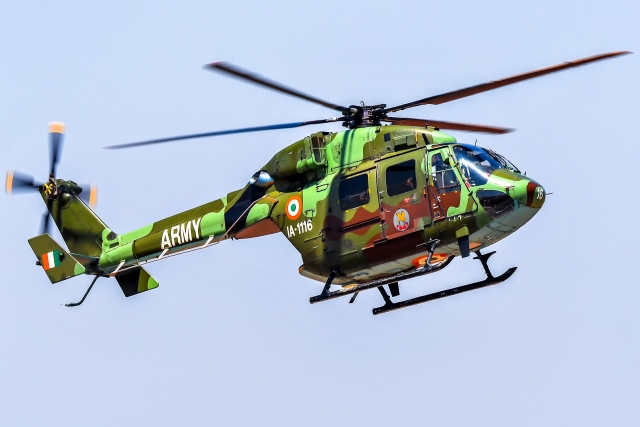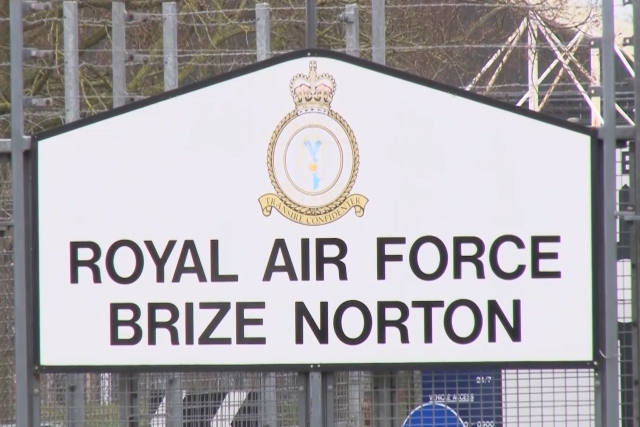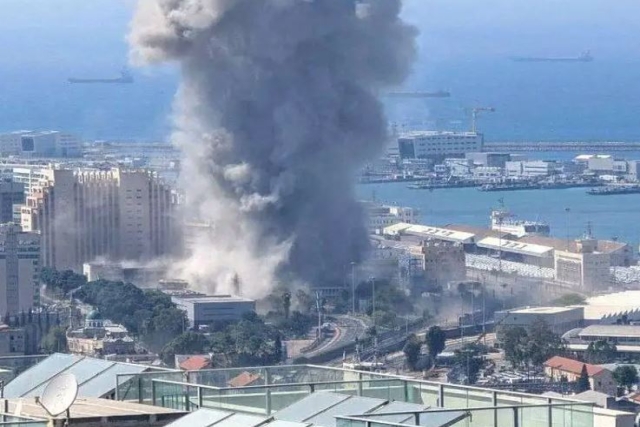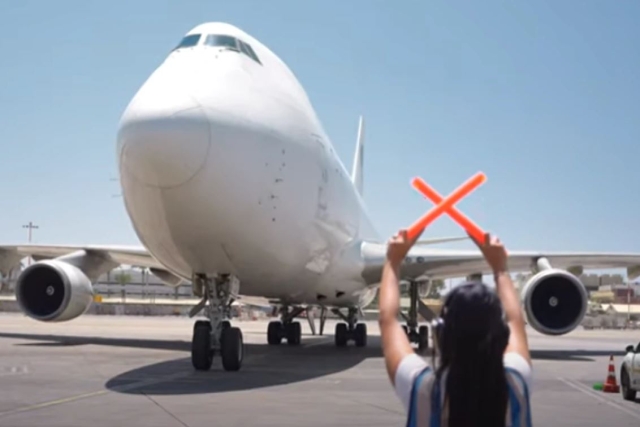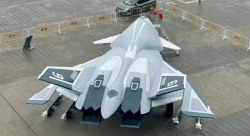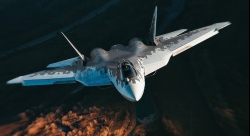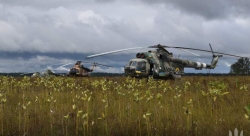India Clears Army, Air Force ALH Dhruv Helicopters for Operations After Safety Review
Fleet of nearly 240 choppers resumes service amid rising India-Pakistan tensions following fatal Gujarat crash probe

The Indian government has cleared the Advanced Light Helicopter (ALH) Dhruv fleet operated by the Indian Army and Air Force for full operations, nearly four months after grounding them in the wake of a fatal crash in Gujarat.
The decision comes amid heightened tensions with Pakistan.
The clearance follows recommendations by the Defect Investigation (DI) Committee, which examined the cause of the January 5 crash of an Indian Coast Guard Dhruv helicopter that killed two pilots and an aircrew diver. Hindustan Aeronautics Limited (HAL), the helicopter’s manufacturer, confirmed in a statement: “The Dhruv ALH Army and IAF versions are cleared for operations based on the recommendations of the defect investigation committee.” HAL added that a time-bound plan to resume flying has been worked out with the users.
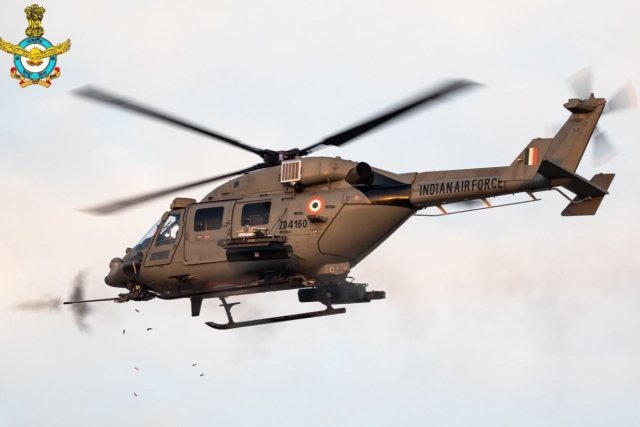
While the Army and Air Force’s Dhruv helicopters are now operational again, those operated by the Indian Navy and Coast Guard remain grounded pending further technical reviews.
The Indian military operates about 330 ALHs in total. Of these, the Army operates 96 Dhruvs and 75 armed variants known as Rudra, while the Air Force fields around 70 Dhruv helicopters. The rest are operated by the Navy and Coast Guard.
The latest clearance removes technical and bureaucratic barriers that had delayed operations. Notably, the Indian Army had already started flying ALHs in Jammu and Kashmir under a partial clearance to meet urgent needs after the Pahalagam terror attack, which killed 26 people.
The Dhruv plays a key role in Indian defense, handling tasks such as troop transport, reconnaissance, search and rescue, medical evacuation, and intelligence gathering. The chopper can also perform light combat missions and limited anti-submarine warfare.
The January crash that grounded the fleet was attributed to a swashplate fracture. The swashplate is a vital helicopter component that transmits pilot control inputs to the rotor blades. A high-level panel found flaws in the swashplate assembly, including a lack of redundancy.
Commander YP Marathe (retired), a former Flight Commander of the first Naval ALH flight, highlighted in a blog post that the design of the Dhruv’s rigid rotor and swashplate system posed safety challenges. He noted: “If one of the rods connecting to the swashplate breaks, then the pilot’s movement on the cockpit controls will not be transmitted to the main rotor. The helicopter will crash.”
Earlier incidents had raised concerns too. A 2023 crash exposed problems with the control rod, a critical part that transmits power from the engines to the rotors. In response, HAL replaced aluminum control rods with steel ones in some helicopters and introduced more frequent checks—every 100 flying hours instead of 300—to monitor the component’s integrity.
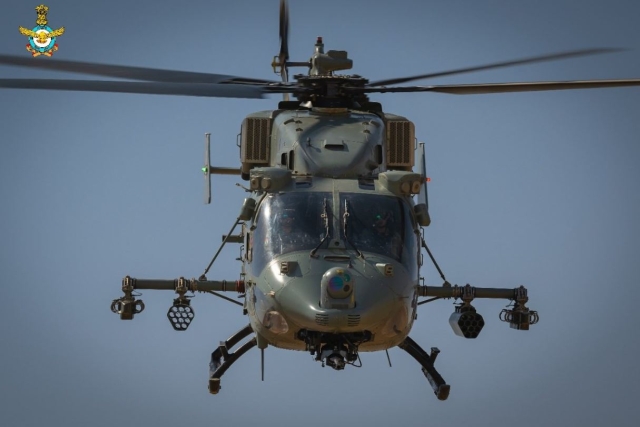
Despite these challenges, HAL’s Chief Dr. DK Sunil defended the helicopter at the Aero India 2025 show, stating: “There is no problem with the design. NLR lab in the Netherlands has reviewed it and certified it.” He noted the Dhruv fleet has logged more than 450,000 flight hours since its induction in 2004, though it has seen 28 crashes—13 from technical faults, 13 from human error, and two from unknown causes.
The ALH has faced multiple groundings over the years, with prior incidents involving crashes in the Arabian Sea and other regions. Its export history has also been turbulent. Ecuador, which had bought Dhruv helicopters from India, grounded its fleet after several crashes and canceled further orders, triggering a legal dispute.
Currently, the ALH is in service with countries including the Maldives, Mauritius, Nepal, and Israel. Interest has also been shown by nations such as the Philippines, Argentina, and several North African states.
